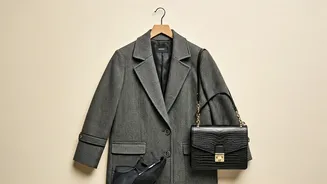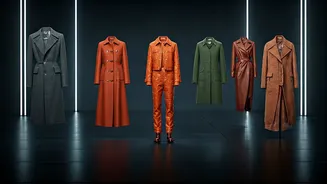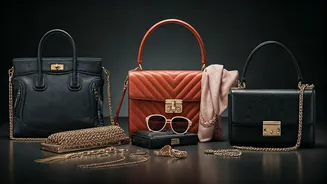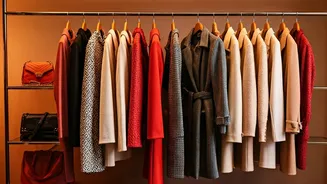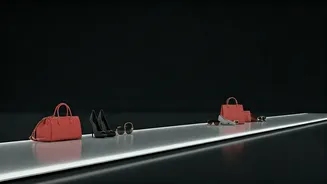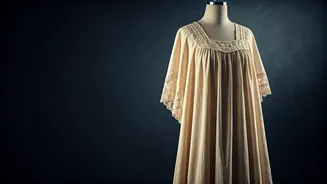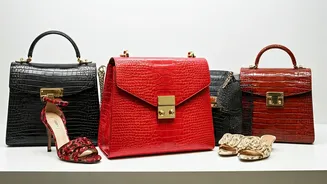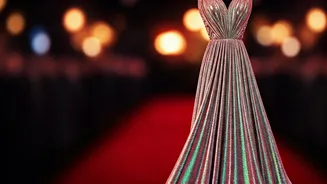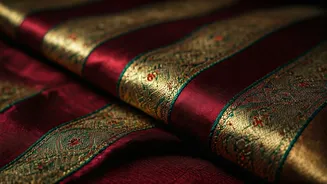Price and Perception
The economics of fashion have always played a crucial role in consumer behaviour. Many shoppers are becoming more price-conscious, actively seeking discounts
to make their desired purchases more affordable. This approach indicates a heightened awareness of value. However, an alternative path is emerging: the secondhand market. Instead of waiting for sales, many are turning to pre-owned clothing as a viable and often more sustainable option. This strategic shift suggests that consumers are willing to explore different avenues to acquire the fashion items they desire, considering both the financial and environmental implications of their choices.
Secondhand Luxury's Appeal
The luxury fashion segment is witnessing a notable rise in secondhand purchases. This trend signifies a significant evolution in consumer attitudes toward high-end goods. Consumers are no longer solely focused on owning brand-new items. They now recognise the appeal of pre-owned luxury clothing, which often offers the opportunity to acquire coveted pieces at a more accessible price point. This shift challenges traditional notions of luxury, emphasizing that value can also be found in previously owned items. By embracing this model, consumers gain access to rare or vintage items, fostering a sense of exclusivity and individuality within their wardrobes.
Rental, a Third Option
Alongside the choice between new and secondhand, there’s the option of renting clothing. This model provides an alternative for those seeking variety and a cost-effective way to engage with fashion trends. Clothing rental services allow consumers to wear high-end or statement pieces without the commitment of purchasing them. This approach is particularly appealing to those who enjoy constantly updating their wardrobe or have a specific event in mind. Rental options often come with added benefits such as cleaning and maintenance services, reducing the burden on the consumer. The rise of rental reflects a shift toward access over ownership, aligning with modern consumer preferences for flexibility and sustainability in fashion consumption.
Shopping: In-Store or Online?
The point of purchase has become a defining factor in the shopping experience. Both in-store and online channels offer unique advantages that cater to different consumer preferences. Brick-and-mortar stores enable customers to physically inspect and try on items before making a purchase, enhancing the sensory experience and reducing the uncertainty associated with online shopping. The in-store environment can also foster a sense of community and immediacy. Conversely, online platforms provide unparalleled convenience, offering access to a vast array of options, and eliminating the need for travel. The competition between these channels has spurred retailers to innovate and improve their offerings, creating a dynamic retail landscape. The ultimate choice between these channels often depends on individual priorities, such as convenience, access to product variety, and the importance of an immersive shopping experience.
Exclusivity Drives Purchase
High-end multi-brand stores often attract consumers due to their emphasis on exclusivity. These stores curate a collection of carefully selected brands and items, often providing access to limited-edition pieces or exclusive collaborations. The ambiance and personalized service contribute to a premium shopping experience, setting them apart from other retail options. This feeling of exclusivity motivates consumers seeking unique items. The appeal is about more than just the product; it involves a whole shopping environment and the status associated with purchasing from curated boutiques. These stores typically emphasize presentation, service, and a distinct aesthetic, reinforcing the perception of quality and luxury. The combined elements create a desirable environment. In this setting, shopping turns into more than just buying, but an experience driven by status and distinction.
